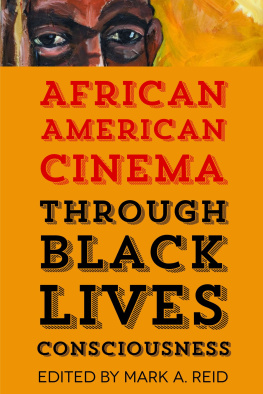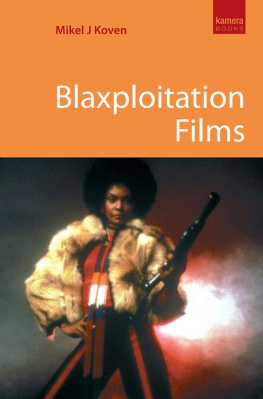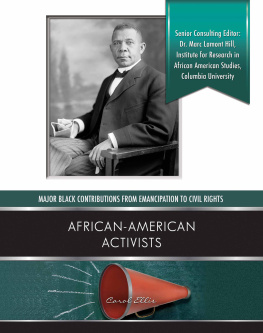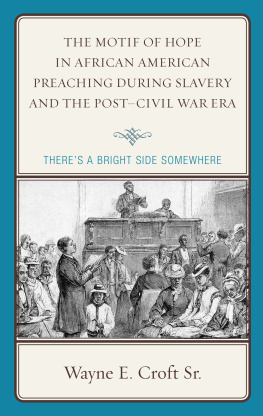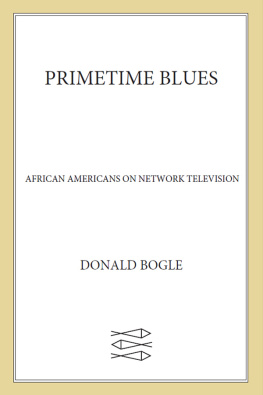Table of Contents
Women of
Blaxploitation
HOW THE BLACK ACTION
FILM HEROINE CHANGED
AMERICAN POPULAR CULTURE
Yvonne D. Sims
McFarland & Company, Inc., Publishers
Jefferson, North Carolina, and London
All photographs are from Photofest.
LIBRARY OF CONGRESS CATALOGUING-IN-PUBLICATION DATA
Sims, Yvonne D., 1969
Women of blaxploitation : how the black action film heroine changed American popular culture / Yvonne D. Sims.
p. cm.
Includes bibliographical references and index.
ISBN-13: 978-0-7864-2744-4
ISBN-10: 0-7864-2744-2
1. Blaxploitation filmsUnited StatesHistory and criticism. 2. African American women heroes in motion pictures. I. Title.
PN1995.9.N4S56 2006
791.43'652208996073dc22 2006022231
British Library cataloguing data are available
2006 Yvonne D. Sims. All rights reserved
No part of this book may be reproduced or transmitted in any form or by any means, electronic or mechanical, including photocopying or recording, or by any information storage and retrieval system, without permission in writing from the publisher.
Cover photograph: Pam Grier as Foxy Brown, 1974, MGM/Photofest
McFarland & Company, Inc., Publishers
Box 611, Jefferson, North Carolina 28640
www.mcfarlandpub.com
For my parents,
Clarence and Rosetta Goodwin Sims
Acknowledgments
Pardon the clich, but this project really has been a labor of love. Under the best circumstances, writing can be laborious and made more difficult by outside demands that sometimes require so much energy that one wonders if there is enough left at the end of the day to come home and write. However, thanks to inner strength, a lot of drive and the aid of the individuals named here, I found the energy to writenot an easy task, but a necessary task to fulfill an objective, but more importantly, my dream. The actual process of writing is indeed a solitary one, but many people have played an integral role in shaping this book.
My parents, Clarence and Rosetta Goodwin Sims, have always been there for me; they know how important this project is and have seen me in various stages as I worked on this text. They have been so incredibly supportive of all my endeavors, and I am pleased that they are here to see this book come to fruition.
I have been extremely fortunate to have two individuals who lent their ears, eyes and shoulders. The first, Kristine Hartvigsen, provided extensive feedback on several chapters. During my too-many periods of self-doubt about the project, her reassurance was comforting. She has been there at every stage of the book and I am not sure if words can express the deep gratitude I have for Kristine. If there were a title that could describe her involvement in this project, I would call it contributor in the sense that she furnished so much feedback that saying I am grateful does not fully convey my appreciation. In academe, she would be considered a research assistant, but even that title is not quite apt for in addition to research, she has served as a coach, urging me on and, many times, reassuring me that this was doable. The second, Farida Cassimjee, provided so much highly useful commentary and also operated as a motivator, particularly during the final stages of the project when angst and pressure were building. I offer Kristine and Farida my gratitude, but somehow that simply doesnt seem enough so this project is as much for them as it is for me since we are all sisters of the cinema.
The Fairbanks Center for Motion Picture Study was extremely helpful in locating archival material. I would like to express my gratitude to the entire staff, but particularly Janet Lorenz for researching many insightful articles containing interviews with the actresses of blaxploitation. A film book is incomplete without stills and I want to thank Photofest for allowing me to use their stills to complete this project. Also, I wish to thank Frances Gateward, Bishetta Merritt, and Eric Pierson for their willingness to take time out of their very busy teaching and research schedules to discuss blaxploitation with me. Their comments were so helpful and they gave their time generously. Alma Deckert made a lot of excellent suggestions, but more important, she is responsible for helping me get this in book proposal in a workable format and was therefore very important to this projects foundation.
Donna Maurer has also played a crucial role at various stages in the writing process. Over the years, she has become a very good friend whose opinion I rely on very heavily. During the many incarnations of this project, Alicia Conroy, Alma H. Deckert, Tina Harris, and Doreen Piano have read portions of the text in the midst of working on their own research projects. Margaret Brocklan-Nease saw this book in early book proposal format and also read early drafts of chapters 1 and 4 of my dissertation, which underwent significant revisions and became the preface, chapter 1 and chapter 2 of this book. Even at that early stage, I was frustrated with a daunting writing project. Margaret spent many hours listening to me work out my ideas as well as commenting on pieces I gave her. Her advice has been invaluable. I would also like to thank Jennifer F. Wood, who has provided incredible moral support.
Alice A. Tait and Guy Meiss of Central Michigan University were very instrumental in my decision to take this book in another direction. An article that I wrote for their anthology was the basis for that decision to focus on the actresses themselves rather than to focus exclusively on their representations. Zia Hassan deserves recognition for providing funding towards the film stills. I wish to thank Eugene Wong and Mitali P. Wong for their feedback, copy editing and for helping me strengthen some areas of the book.
This book began as my dissertation and I wish to thank my former committee members Rachel Buff and Joe Austin of the University of Wisconsin-Milwaukee, Jeanne Ludlow of Bowling Green State University and Peter Shields of Eastern Washington University. I cannot express enough appreciation to everyone who has been involved in this project over the last two years. Rachel, Joe, Jeanne and Peter have seen the manuscript in dissertation format and this is the final product; I do hope they, and readers who are passionate about film, particularly the blaxploitation genre, will not be disappointed.
Yvonne D. Sims
Summer 2006
Preface
Growing up, I saw few African American women role models on television and in film and never questioned their lack of presence. Like other African American girls, I played with white Barbie dolls and looked to white women in such television series as Charlies Angels, Police Woman, and The Bionic Woman, as well as my mother, to shape my ideals of femininity. Then, after my fathers transfer to Arkansas from South Dakota, I had my first encounter with blatant racism and its impact on femininity and cultural standards of beauty.
When I was 10, an argument between a white girl and me erupted in my new school. She told me that my mother had left me in the frying pan too long. When I told my mother about this statement, she explained that black is beautiful, and I should be proud of my skin color. However, I was too young to make the connection between skin color and beauty. In the meantime, I continued to play with my white dolls and idolize Charlies Angels (19761982).
Even when black dolls became available and my mother bought them for me, I refused to play with them, preferring my white dolls. My mother wondered why I would not play with Christy, Barbies African American friend, and I insisted that Barbie was prettier, and we had another discussion about beauty. Nonetheless, I continued to play with Barbie and ignored Christy. It must have been frustrating for my mother. Finally, when I started paying close attention to Christy, I realized that the only difference between her and Barbie was skin color, period; Christy had the same long straight hair and European features as Barbie. Then, I decided that she was pretty like Barbie.


